Premium Only Content
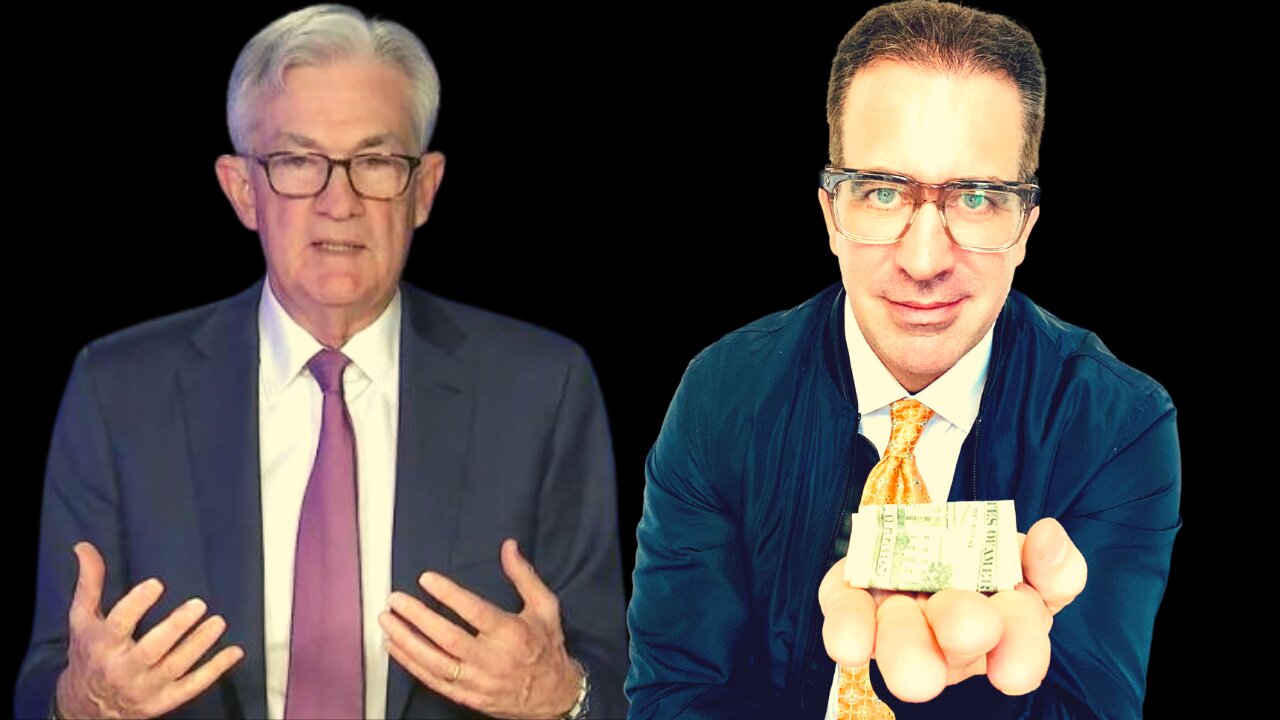
Jerome Powell's Soft Landing
Federal Reserve Chairman Jerome Powell promised last month that a “soft landing,” one with neither a recession nor high unemployment, is in the works. He cited three historic tightening cycles, 1965, 1984, and 1994, when soft landings occurred.
The trucking industry is being decimated! Diesel Gas is over $6.50 per gallon! Causing more supply chain issues. Truckers are quiting. Americans can't put food on the table right now.
Larry Summers has the opposite view: With the labor market this tight, businesses will have to keep increasing wages to attract workers. If the Fed had started hiking rates while more people were unemployed, businesses would have been able to cut wages more easily, but now it will have crater the economy to kill inflation.
A recent working paper co-authored by Summers looks to historical examples. When wage inflation has averaged above 5% and the unemployment rate has averaged below 4% in the same quarter, as it did in the first quarter of 2022, there is a 100% chance of a recession in the next two years.
It all comes down to what’s causing inflation
Summers has argued that the primary cause of excessive inflation is government spending, and the money it has put into consumers' hands.
That’s why Russia’s invasion of Ukraine and chaos in global commodities markets are such a threat to the Fed right now
The US Federal Reserve has fully pivoted to fighting inflation and reducing demand in the economy. The central bank’s open market committee is expected to further tighten interest rates and end purchases of financial assets at meetings starting tomorrow.
That sounds right after prices have increased 8.5% in the last year for the average US consumer, far above the Fed’s target of 2%. Few economists think the Fed shouldn’t tighten monetary policy.
But the Fed is still playing a dangerous game: Its officials want to take enough demand out of the economy to maintain price stability, but if it goes too far, it could send the economy into a recession.
Some analysts think that result is inevitable—in the history of central banking, many attempts to slow the inflation ended in a crash. A recent paper by Harvard economist and current Fed critic Larry Summers suggests that probability could be 100%. Other analysts, at the rating agency Moody’s or megabank Goldman Sachs, put the chance of a near-term recession at around one in three.
Yet, even inside the Fed itself, there’s a hope this time might be different, that our weird semi-post-pandemic economy might provide the right conditions for something we haven’t seen in decades: A soft landing.
Imagine the economy as a hot air balloon. Pump too much energy in, and the balloon goes quite high. To return to the Earth, you need to let some of the hot air cool so you can descend, but if you move down too fast, the results could be catastrophic.
Now, with chair Jay Powell’s hand on the regulator, it’s time to figure out what may keep our balloon from plummeting.
Has there been a soft landing before?
The prototypical tightening cycle is what happened with Fed chair Paul Volcker in the 1980s: To fight rising inflation, he hiked interest rates dramatically, throwing the country into a two-year recession. Farmers famously surrounded the central bank with their tractors in protest.
Has there been a soft landing before?
The prototypical tightening cycle is what happened with Fed chair Paul Volcker in the 1980s: To fight rising inflation, he hiked interest rates dramatically, throwing the country into a two-year recession. Farmers famously surrounded the central bank with their tractors in protest.
But that severe reaction is not a guarantee. Alan Blinder, the Princeton economist, argues that since 1965✎ EditSign, there have been 11 episodes of the Fed tightening interest rates, and seven have been fairly mild, with economic production falling less than 1%. Of the rest, three episodes—notably, the Volcker tightening—were intended as drastic responses to economic conditions. Two other episodes, the most recent, saw recessions following tightening episodes, but arguably from external causes: The 2008 financial crisis and the 2020 pandemic.
Powell is looking to three specific examples, in 1965, 1984, and 1994, when the Fed tightened monetary policy, lowered inflation, and saw no reduction in growth. “It is worth noting that today the economy is very strong and is well-positioned to handle tighter monetary policy,” he said in a March speech.
Perhaps most of all, a soft landing will require luck. The Fed’s monetary policy committee is making its decisions off of imperfect, often month-old data, in a time of rapid global change. The US central bank has faced a brutal recession and an unprecedented recovery, even as trade norms and technology reshape the dynamics of the economy. Maybe it’s due for a break.
-
 1:14:04
1:14:04
NONCONFORMING-CONFORMIST
9 months agoYOU HAVE TO PAY A LOT AND IN SO MANY WAYS TO TAKE PART IN THIS WORLD
502 -
![[Tekken Tuesday] Its Time! Buckle Up Butter Cup!](https://1a-1791.com/video/fwe2/36/s8/1/I/U/S/e/IUSex.0kob-small-Tekken-Tuesday-Its-Time-Buc.jpg) LIVE
LIVE
CHiLi XDD
8 hours ago[Tekken Tuesday] Its Time! Buckle Up Butter Cup!
1,527 watching -
 3:05:19
3:05:19
PandaSub2000
12 hours agoDuckTales Remastered | ULTRA BEST AT GAMES (Original Live Version)
33.2K -
 DVR
DVR
SpartakusLIVE
8 hours agoShadow BANNED Day 1 of NEW Season || Has WZ been FIXED?!?!
23.1K -
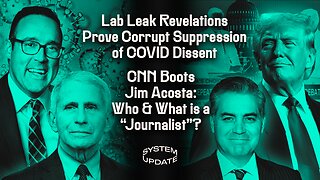 1:19:42
1:19:42
Glenn Greenwald
9 hours agoLab Leak Revelations Prove Corrupt Suppression of COVID Dissent; CNN Boots Jim Acosta: Who & What is a "Journalist"? | SYSTEM UPDATE #398
74.4K95 -
 1:11:00
1:11:00
Donald Trump Jr.
13 hours agoFirst White House Press Briefing, Plus Behind the Scenes on Capitol Hill w/ Rep Vince Fong & Sen Eric Schmitt | TRIGGERED Ep.211
194K164 -
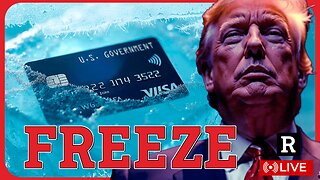 1:45:52
1:45:52
Redacted News
10 hours agoBOMBSHELL! Trump about to announce largest spending FREEZE in American history, deep state in PANIC
209K384 -
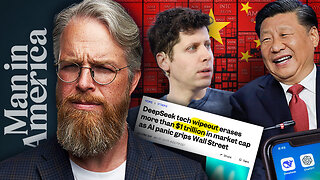 1:05:23
1:05:23
Man in America
13 hours agoDeepSeek & the AI War to Dominate the New World Order w/ Mike Adams
52.4K17 -
 2:50:20
2:50:20
DLDAfterDark
5 hours ago $2.01 earnedDLD Live! Are They Planning an Attack?? The "cute winter boots" Trend & What it Means!
25.4K2 -
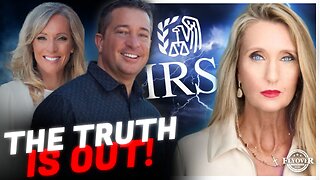 55:26
55:26
Flyover Conservatives
1 day agoFrom Conspiracy Theory to Proven Fact: Breaking Free from the American Corporation - Ann Vandersteel | FOC Show
39.5K5